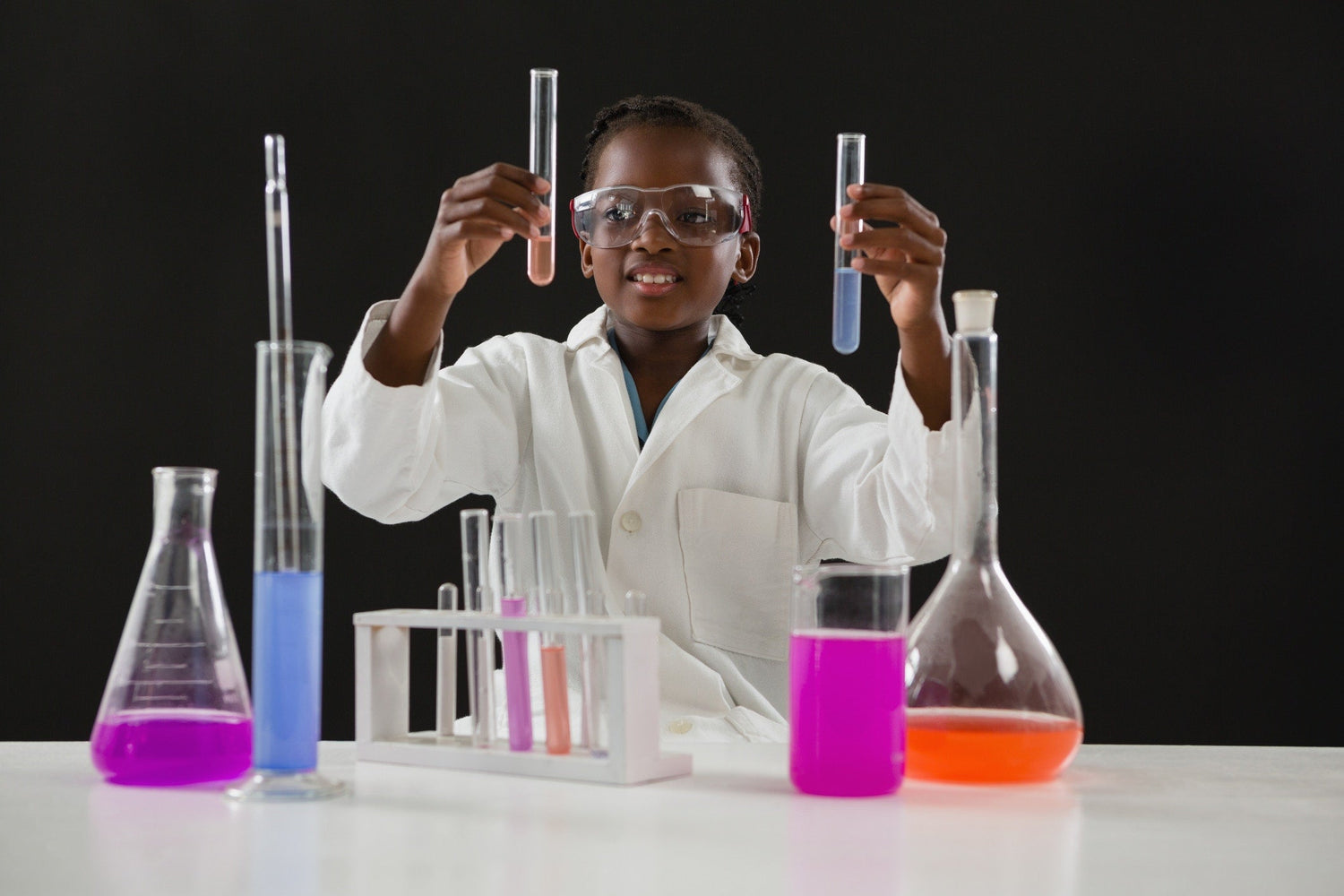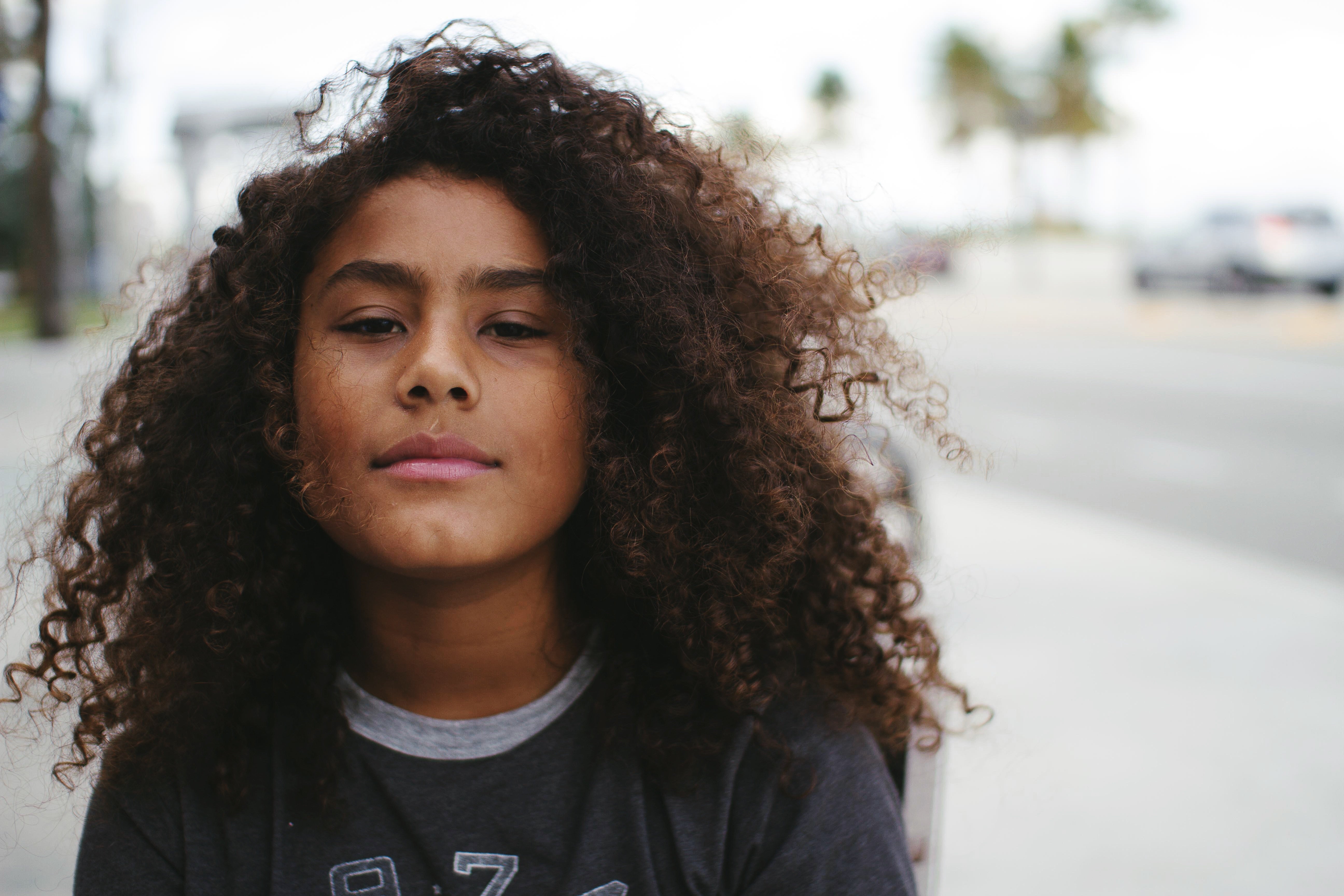When you’re a kid, every day is a new discovery. When my son was in the thick of the “why?” stage, I was constantly taken aback by how much knowledge I take for granted. Seeing the world through his eyes reminded me how much there is to learn about the world around you before it becomes commonplace. Eventually, our kids’ scientific curiosity shifts from trying to figure out how the world works (Where does the sun go at night? Why is snow cold?) to investigating how they can change it. Kids tinker and experiment as much as scientists in labs do. Their experiments just might be more along the lines of “How fast can I make this toy car fly across the living room?” or “Do peanut butter and cheese sandwiches taste delicious or disgusting?” Many parents are seeking out STEM-focused toys and activities to encourage and develop this natural curiosity in their kids. But they may not have to wait very long to see results. From astronomy to paleontology, kids have been making scientific discoveries for centuries, long before they could drive. These four kids became scientists, not because they were uncommonly brilliant or because their parents were, but because they paid attention and kept asking questions.
Parent Co. partnered with Tenka Labs because they believe every kid is born curious.



